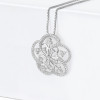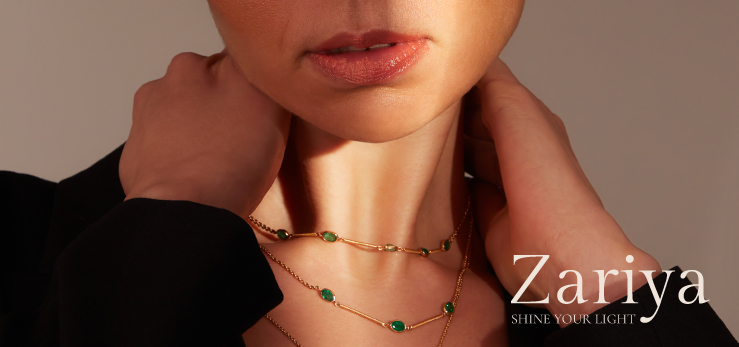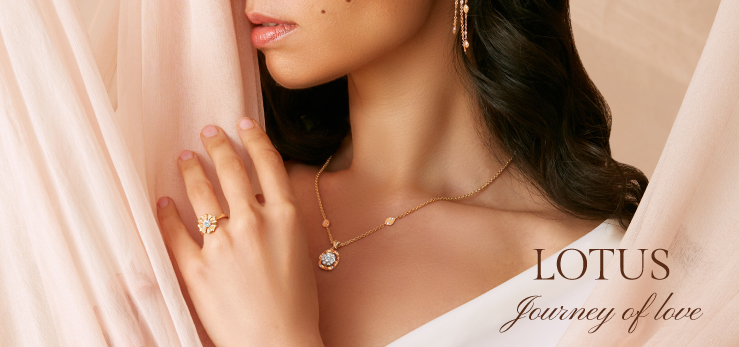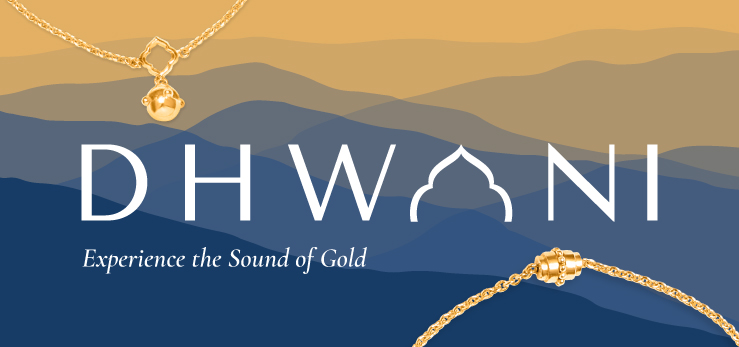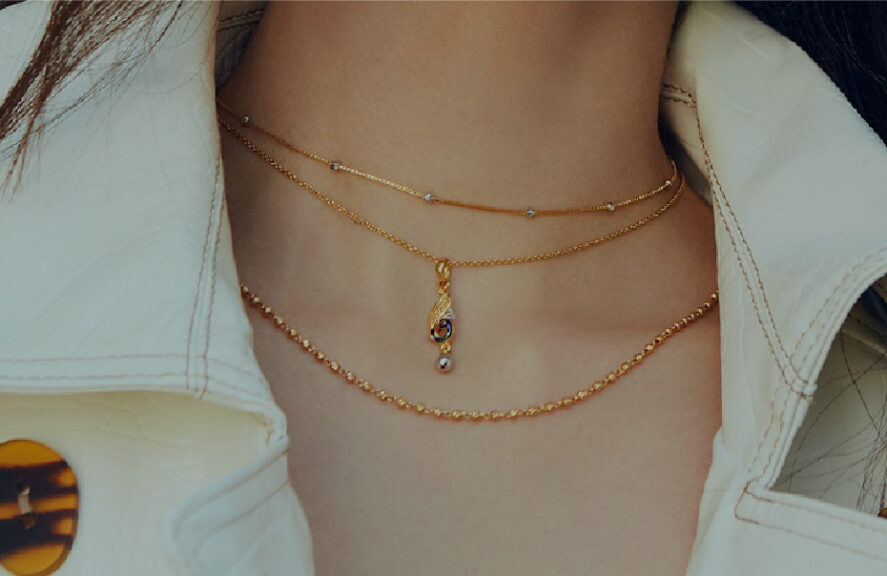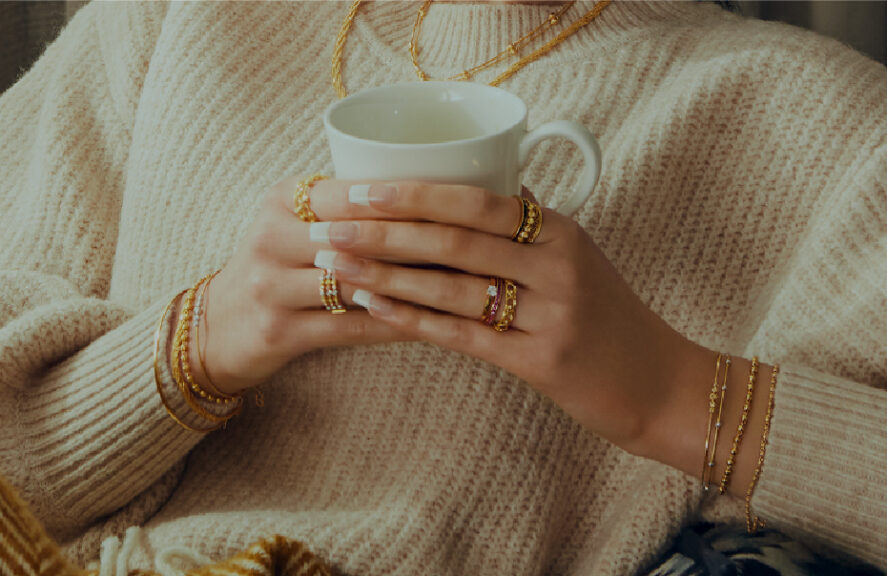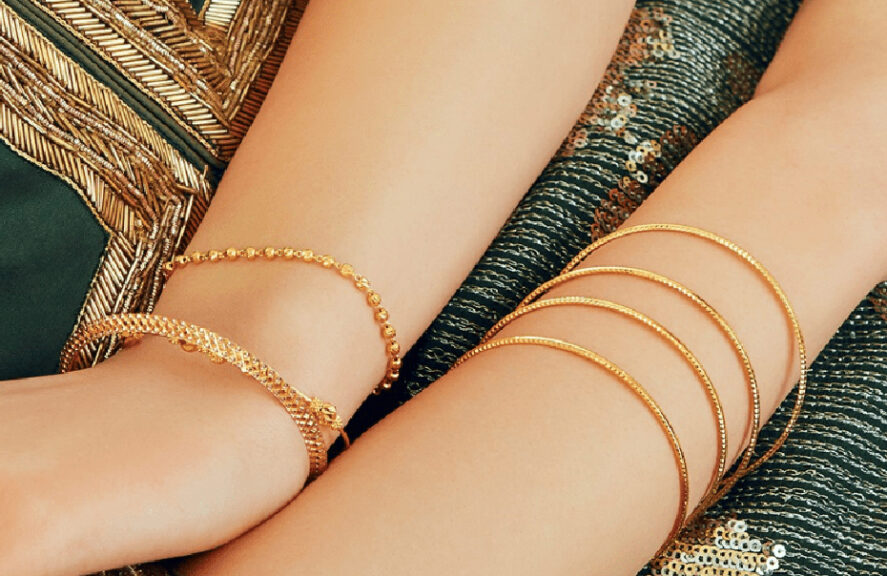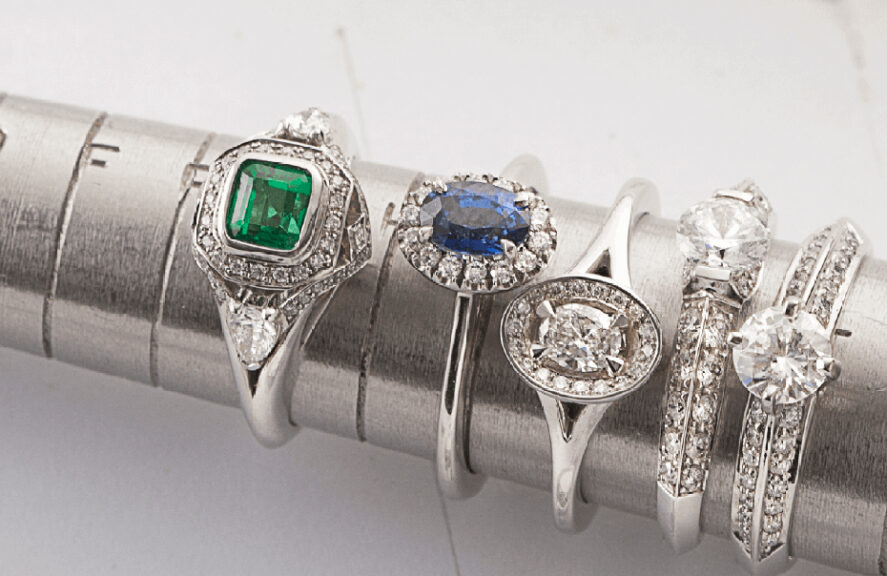Guide on Jewellery Size
It is always better to measure and find your exact size, be it a bangle or a ring, before making a purchase. But a lot of times people tend to buy sizes that do not compliment the size of their wrists/fingers and therefore we are often asked about how to reduce or increase the size of rings and bangles.
To ensure that you do not make a purchase that you would have to get altered later, here are a few size charts that you could refer to for a smoother experience.
Chart for ring sizes:
- Use a ring you wear on the same finger as the one you need to size.
- Match the inside edge of the ring to the circle closest in size.
- Size up if you don’t get an exact match, or if you’re considering a band wider than 5mm. If you are still not fully satisfied, for an exact measurement, visit your jeweller.
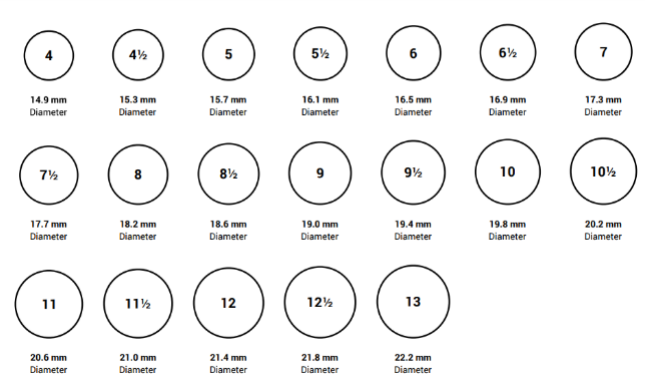
Chart for bangle sizes:
This method is helpful if you want to find out the measurement of your existing bangle in order to compare it with the ones you are looking to purchase. To measure the size of your existing bangle, take a scale and put it over the bangle in a way that it covers it fully, horizontally. Now mark the opposite points where the scale touches the bangle along its inner edges so that you can find out the measurement of its inner diameter. Always try to measure the bangle’s inner diameter in millimetres to ensure accuracy and you can further convert it into any other unit if needed. Once you have, just evaluate the numbers with the table that follows.
| Bangle Size(Indian) | Diameter(Inches) | Diameter(MM) |
| 2-2 | 2.12 | 54.00 |
| 2-4 | 2.25 | 57.20 |
| 2-6 | 2.37 | 60.30 |
| 2-8 | 2.50 | 63.50 |
| 2-10 | 2.62 | 63.70 |
| 2-12 | 2.75 | 69.90 |
| 2-14 | 2.87 | 73.00 |
| 3 | 3.00 | 76.30 |




